A bit of background, I’ve been taking photos for more than 50 years starting with Prakticas (models FXII, IV and V) using a Prakticamat for many years, then a Chinon Memotron. I moved to Nikon in the late 1970’s early 1980s and stayed with Nikon until about 1997. I was however getting frustrated with the complexity of models such as the F90 that seemed to get in the way of my picture taking. I then tried a Leica M6 and was so impressed with how it put me in touch with my subjects. Since then I’ve gathered lots more Leica M’s and R’s but I kept all my previous cameras. I’ve then added lots more marques and models; I have an understanding wife!
You’ll gather from this that I’m still a big user of film, mainly colour slide and B&W negative material but I used to use Agfa Scala back in the 1970s 80s and 90s until it disappeared. Good news to those interested in this fascinating media is that Adox have re-introduced it and Analogue Wonderland are selling it here. I’ve had my first roll of Scala processed by Silverpan who has recently changed their process and now the slides have a good, neutral base tone.
To add to the nostalgia of using this I loaded up my Zeiss Ikon Contarex Special with the film. These cameras are large and heavy and a bit quirky to use but the lenses are as good as my Leica lenses of today. The Special was the meterless version of the Contarex Bullseye and has the ability to replace the prism with a waist level finder.
When I use colour slide film I usually underexpose by 1/3 stop. I did the same with the Scala and found it tended to block up a little. The film is rated at 160 ISO so using my equipment I’ll rate this at 125 ISO in future.
As to the results I’ll talk about each one in turn. These views of Long Dale in Derbyshire was taken in sunlight but with an interesting sky. I used a yellow / green filter to capture the sky detail and render the grassland effectively.
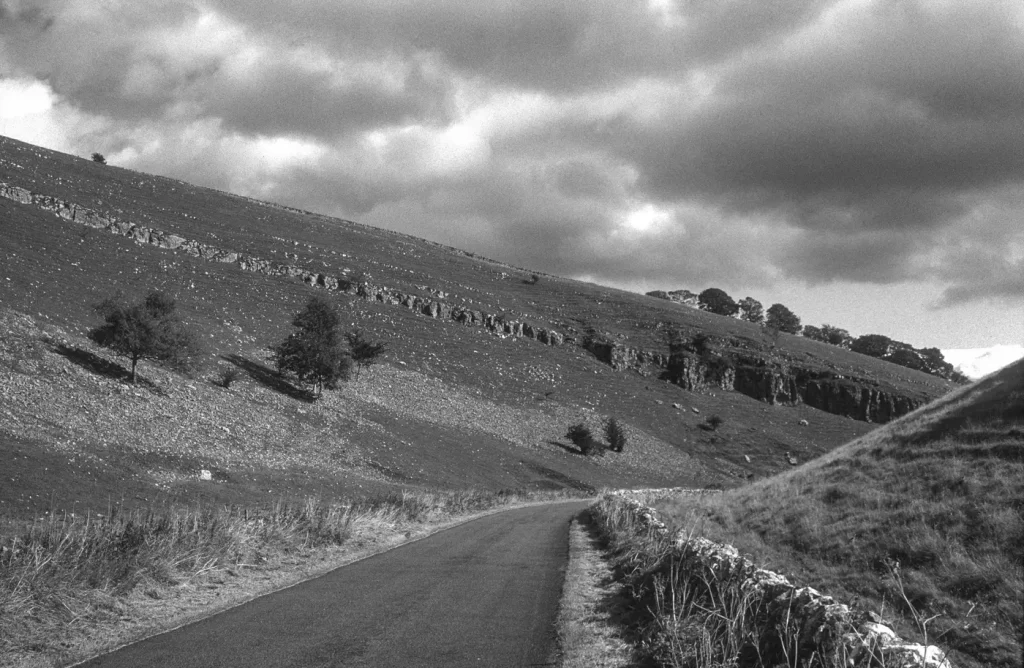
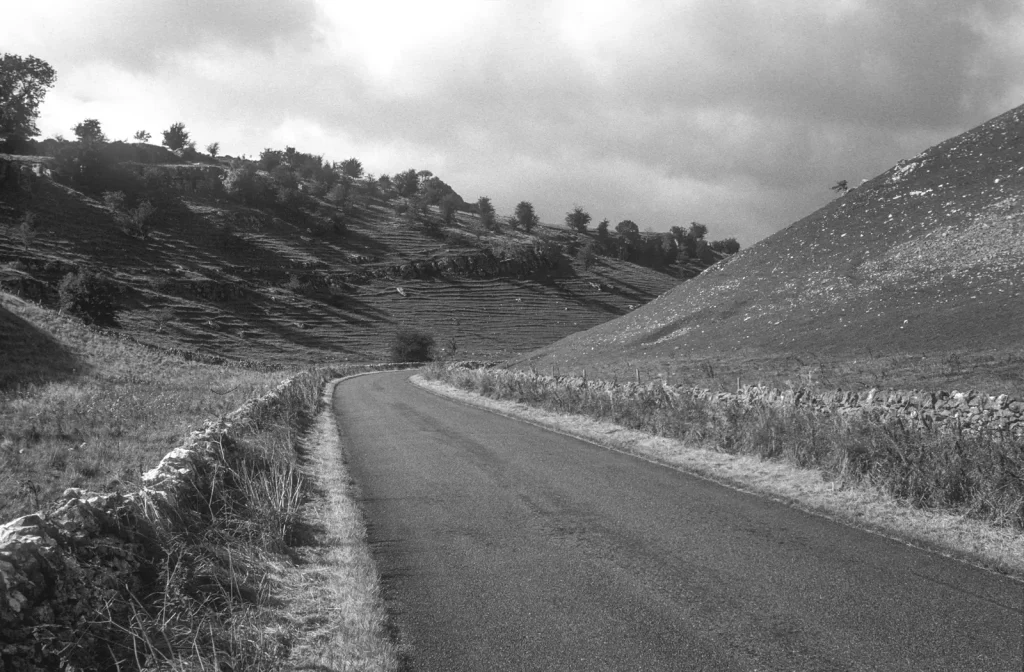
I gathered some of my late father’s tools together and arranged them on a plywood base again using sunlight to achieve some contrast. These tools date from the 1930’s when my father was apprenticed to become a carpenter.
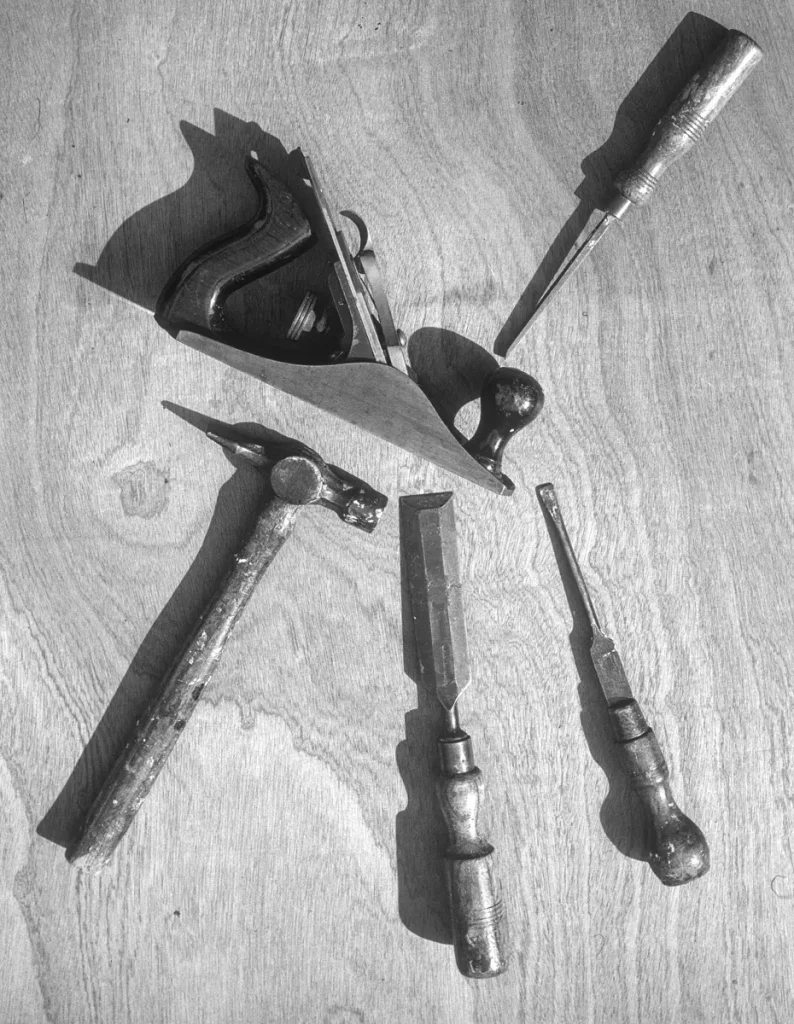
The leaf shadows uses the texture in the bark to give a more 3D feel to the photo.
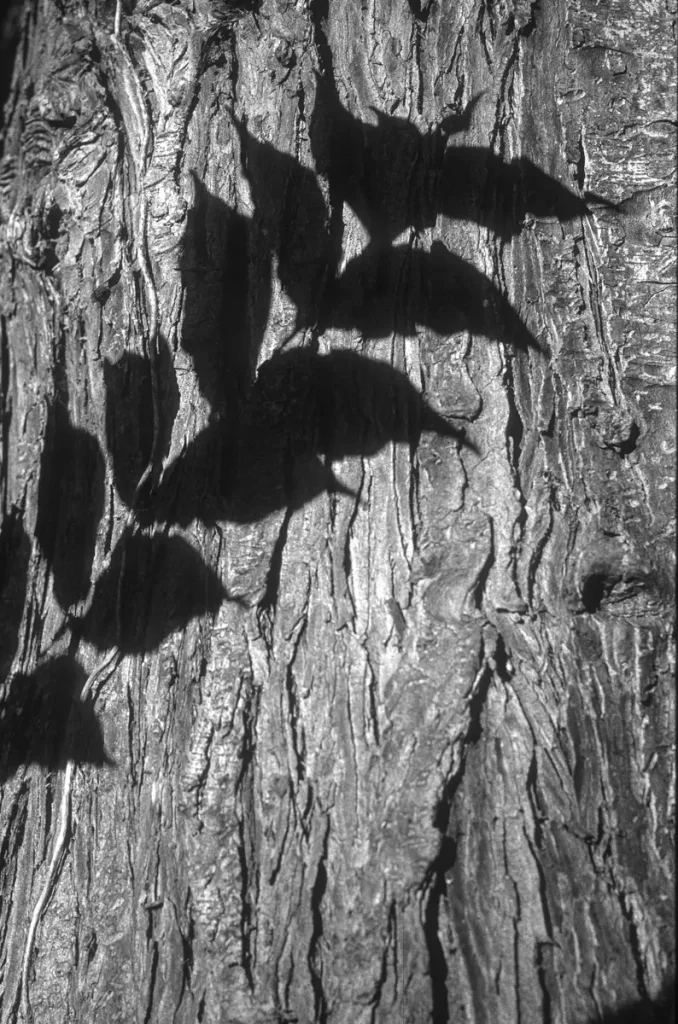
The view of the branches shows the delicate tones that you can create, again this was taken through a yellow / green filter. I wanted a plain sky to concentrate the view on the trees
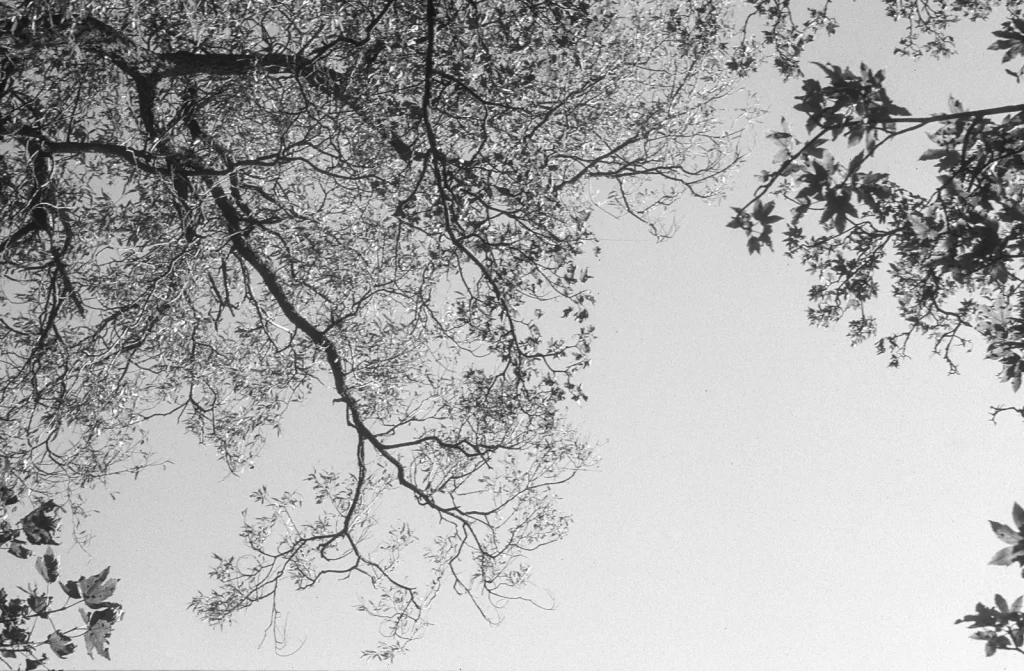
When shooting slide film I think it’s important to remember that the photo you take will be the finished slide so always try to think about the subject. I try to aim for plenty of texture and tones in the subject as well as reasonable contrast. Also for landscapes it’s sensible to have a yellow/green or orange filter on the lens.
If you decided to use this film or any other slide material then I must recomend you get yourself a projector as there is nothing quite as stunning as seeing a well exposed, sharp and well-composed image projected about four feet wide by two and one half feet deep!
I’ve obviously scanned the slides, in my case using a Nikon Coolscan 5000. I make some adjustments to change the mode to Grayscale in Photoshop as scanning tends to introduce a sepia tint that isn’t on the projected slide, I’ve then increased the exposure to get over my mistaken under-exposure and just tweaked the tone curve to give a slight S shape.
This is a fascinating film to use and Silverpan process it well.
If you want to view more of my work then please visit my Flickr site: kdphotos – if you go to the Albums heading you will find some dedicated to film.
Share this post:
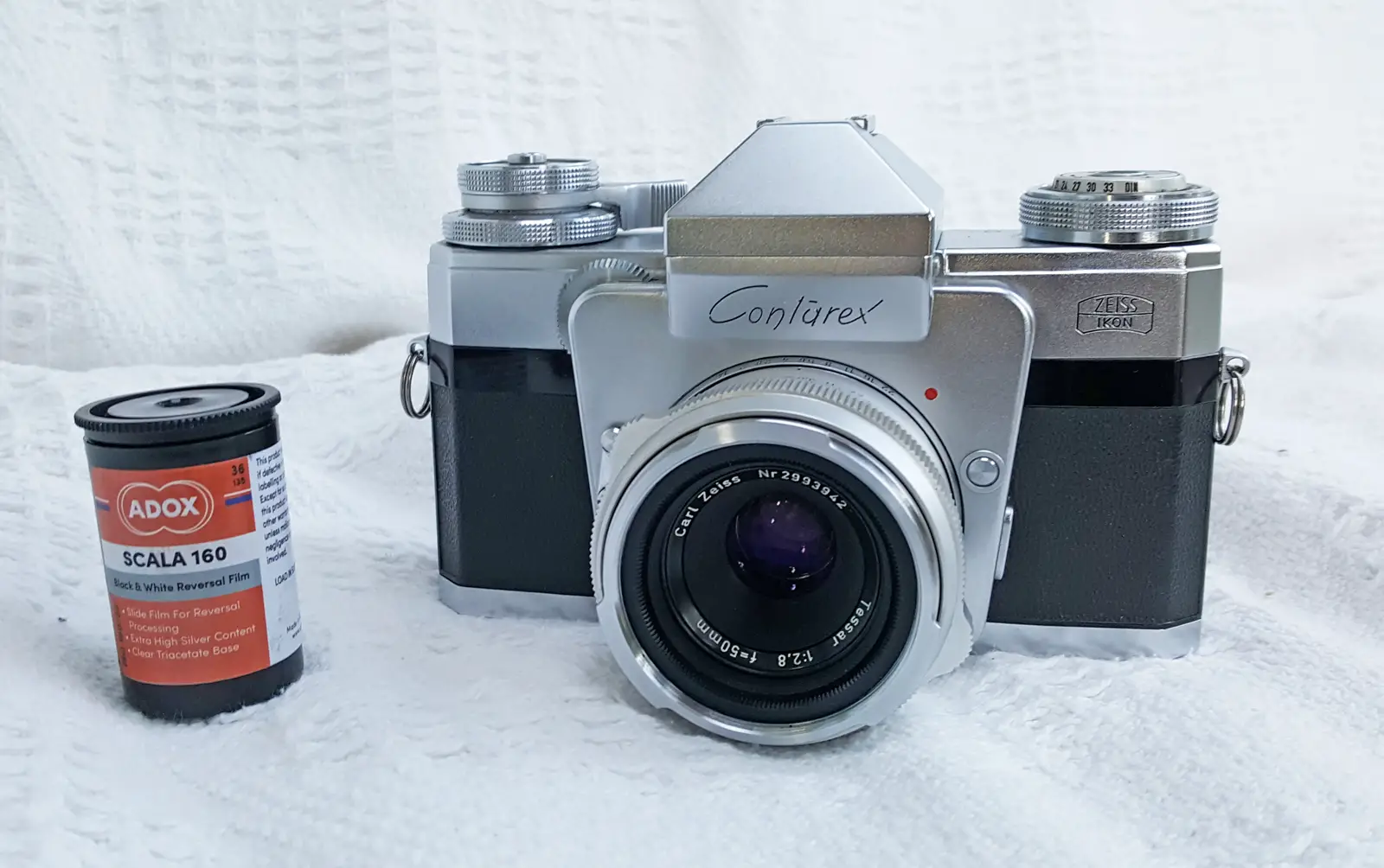








Comments
DF on Re-Acquainting with Adox Scala B&W Slide Film – By Ken Davis
Comment posted: 08/02/2020
eric on Re-Acquainting with Adox Scala B&W Slide Film – By Ken Davis
Comment posted: 08/02/2020
Bravo !
Alvaro on Re-Acquainting with Adox Scala B&W Slide Film – By Ken Davis
Comment posted: 09/02/2020
Comment posted: 09/02/2020
Kodachromeguy on Re-Acquainting with Adox Scala B&W Slide Film – By Ken Davis
Comment posted: 11/02/2020
Comment posted: 11/02/2020
Comment posted: 11/02/2020
Comment posted: 11/02/2020